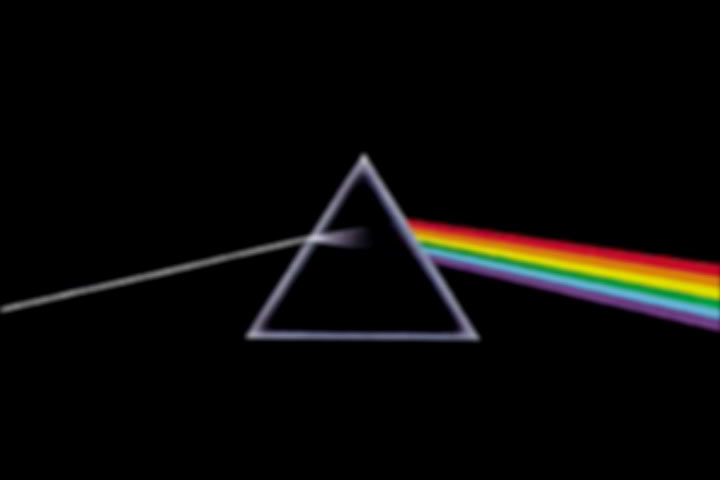|
Ask the Insects
Friends, avoid
the darkened chamber
where your light
is being pinched.
In the year of our birth, it was announced that the author was dead, and the death of the author was the birth of the reader. And so it was. But the reader has proved inadequate: simple-minded, easily distracted, and mean, and petty. They are not equal to whatever we have put in front of them. We must take what we have made away from them. We must hold it in trust and prepare for the emergence of a capable audience. It will not come from Europe, or from some distant luminous celestial body. And it won't come from genetic engineering, or some kind of experimental community. It will not come at all. And if it does, we will have no way of recognizing it. |
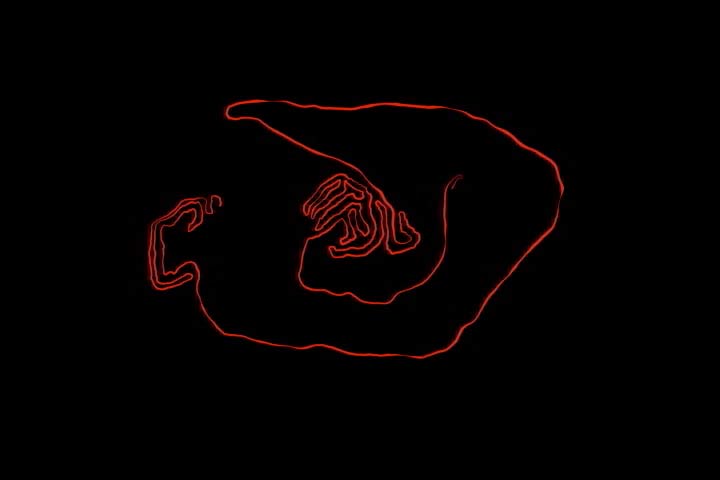
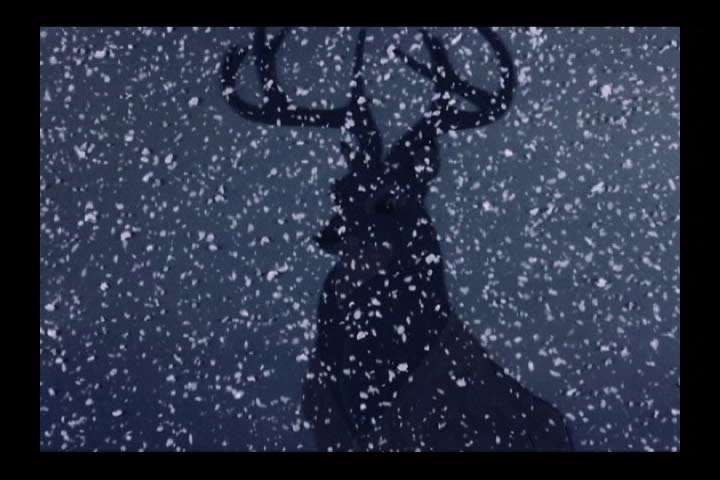
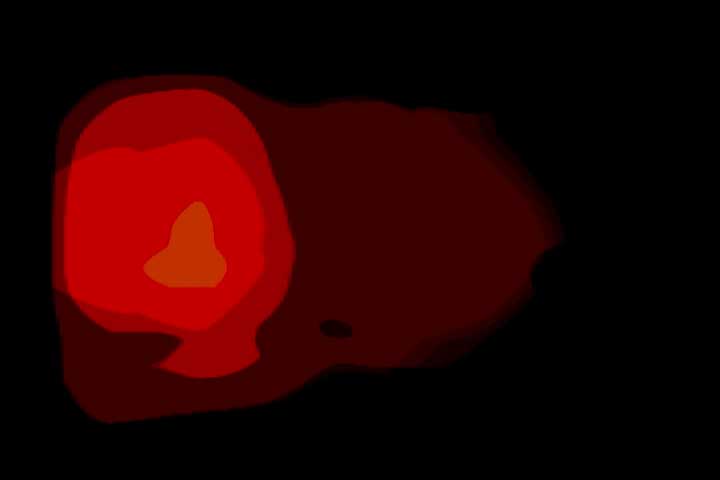
This animation is not an animation but live-action footage digitally manipulated. It began as a film sequence of something alive and moving in the world, was transferred to analogue video, then digital video, then captured to my computer. I took the file into a motion graphics application and applied a filter. That's all. Then back out to tape. Even if we cannot reverse the process and ever get back to our original image, we can rest assured that the process did occur, and the result is here before us, twitching and pulsing. An image which is not at all abstract, but merely abstracted. The world decoded. Beautiful noise. Beautiful noise signifying nothing, and yet so much more meaningful than the original scrap of celluloid. |
Would we love ourselves better if we were different? Let's ask the insects, for they are different. They come in a staggering array of forms. Amazingly, the number of functions a creature must perform to sustain life is very limited, but the array of forms they take is vast. The world is, therefore, mostly decoration. It isn't even trying for purity anymore, but the endless chatter of biodiversity. There are too many species in the world, but that doesn't mean we can't learn something from their strange irrelevance. |
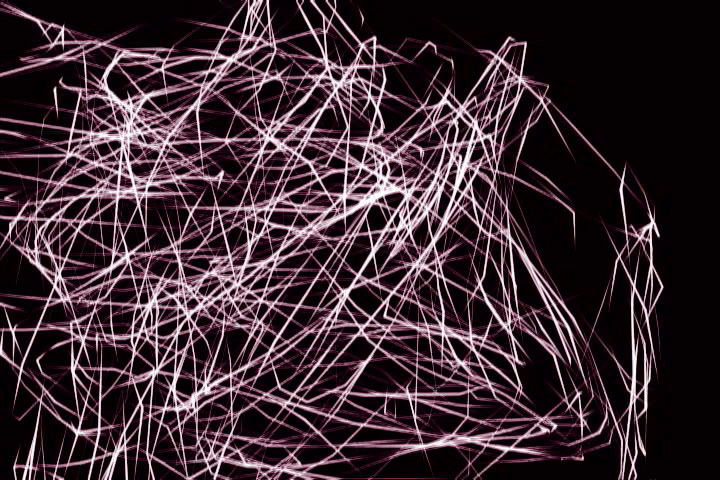
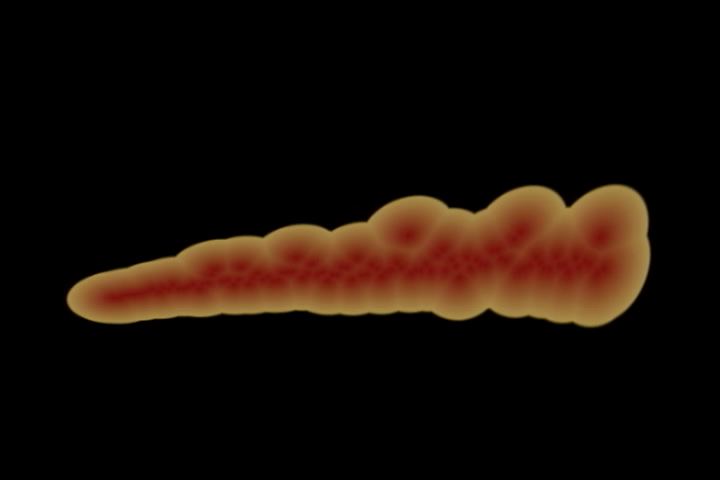
It is an old custom to burn bad books, and I have nothing against it. Bad books do us no harm — it's fine to have them in the world, I guess — but they do us no good either. Recycle — sure, if you like. But everyone loves a bonfire, and books burn hot and release their ash, full of words released finally from their inadequate sentences. |
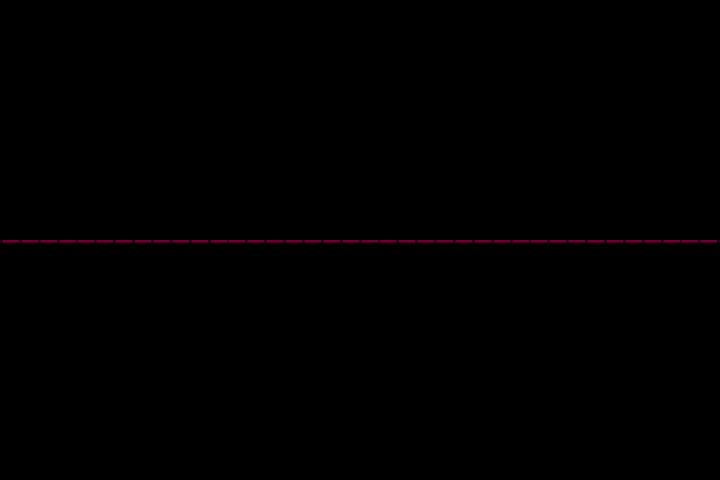
| Every day a bit further, until the horizon is breached. |
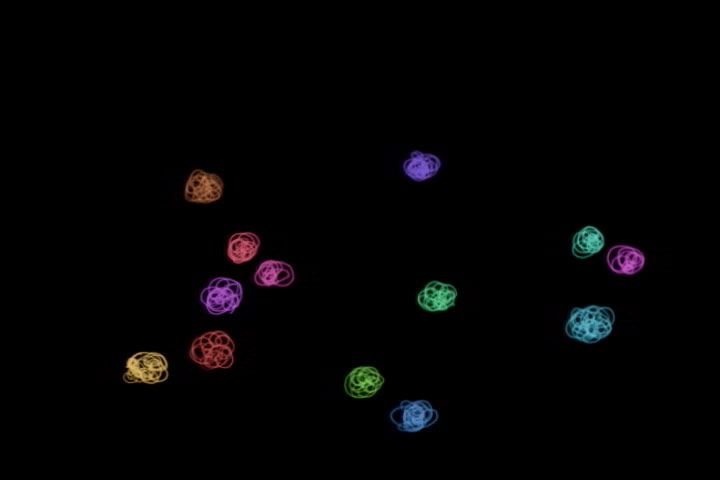
Whenever
the rain falls, it knows it will rise again, and not full of dissolved
impurities, but distilled to its essence, particles loose and moist,
rising inexorably heavenward to join the endlessly protean cloud-cover,
like a graveyard where all the stones have your name on them.
Here
we come now to the end of the road, the top of the hill, so its time
now for some introductions: Schoolyard, graveyard. Schoolyard, graveyard.
School. Grave.
|
